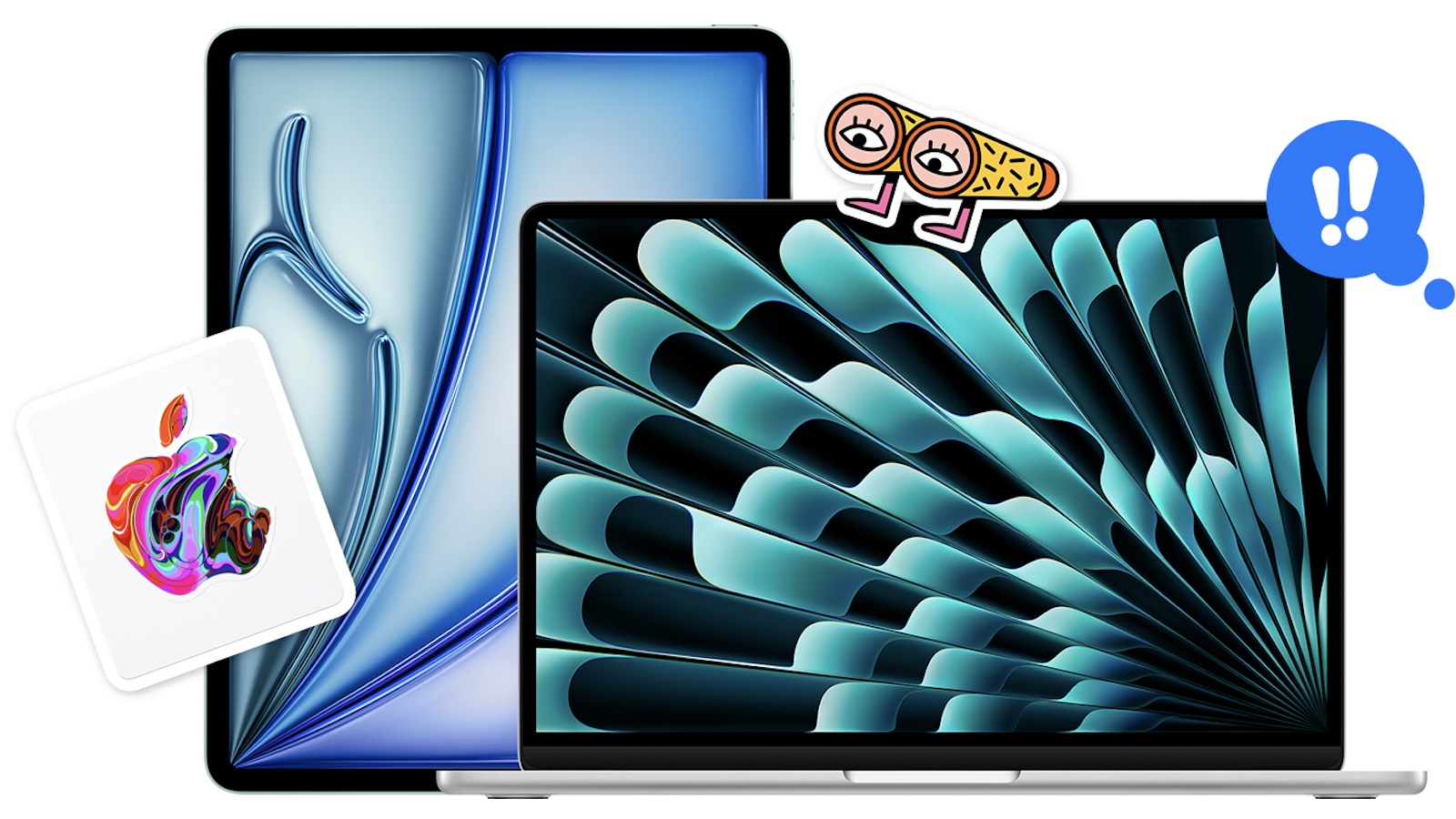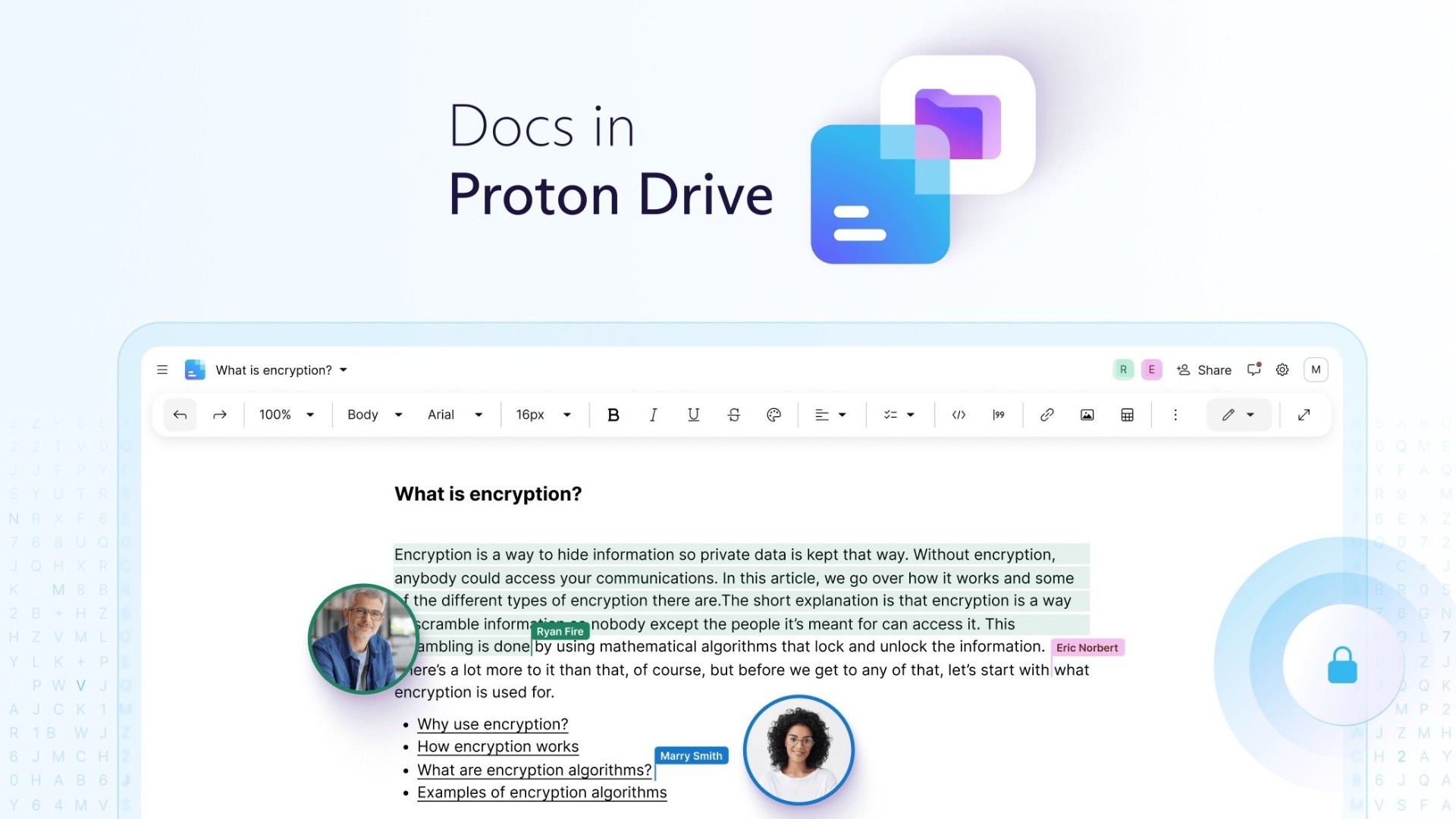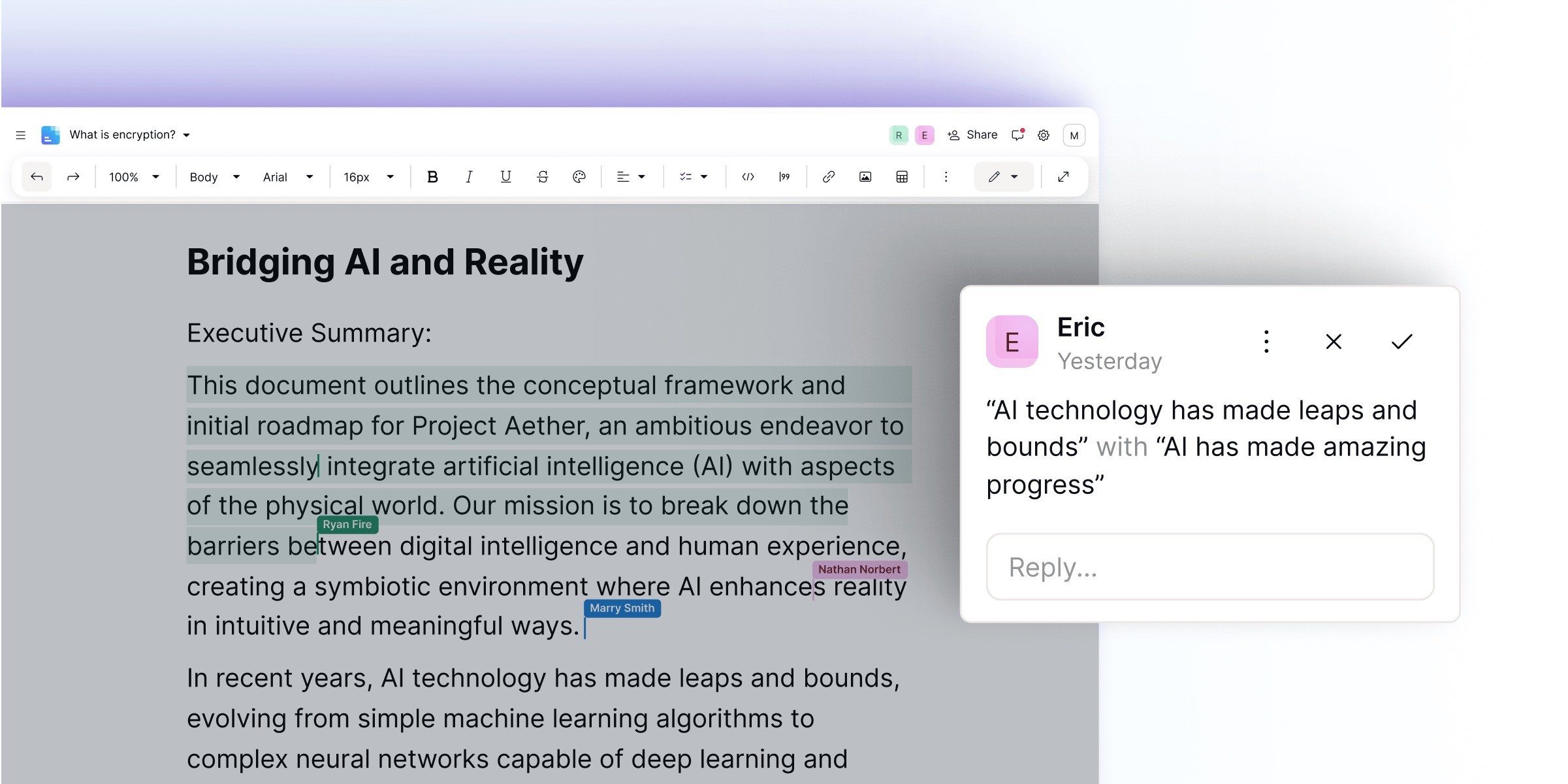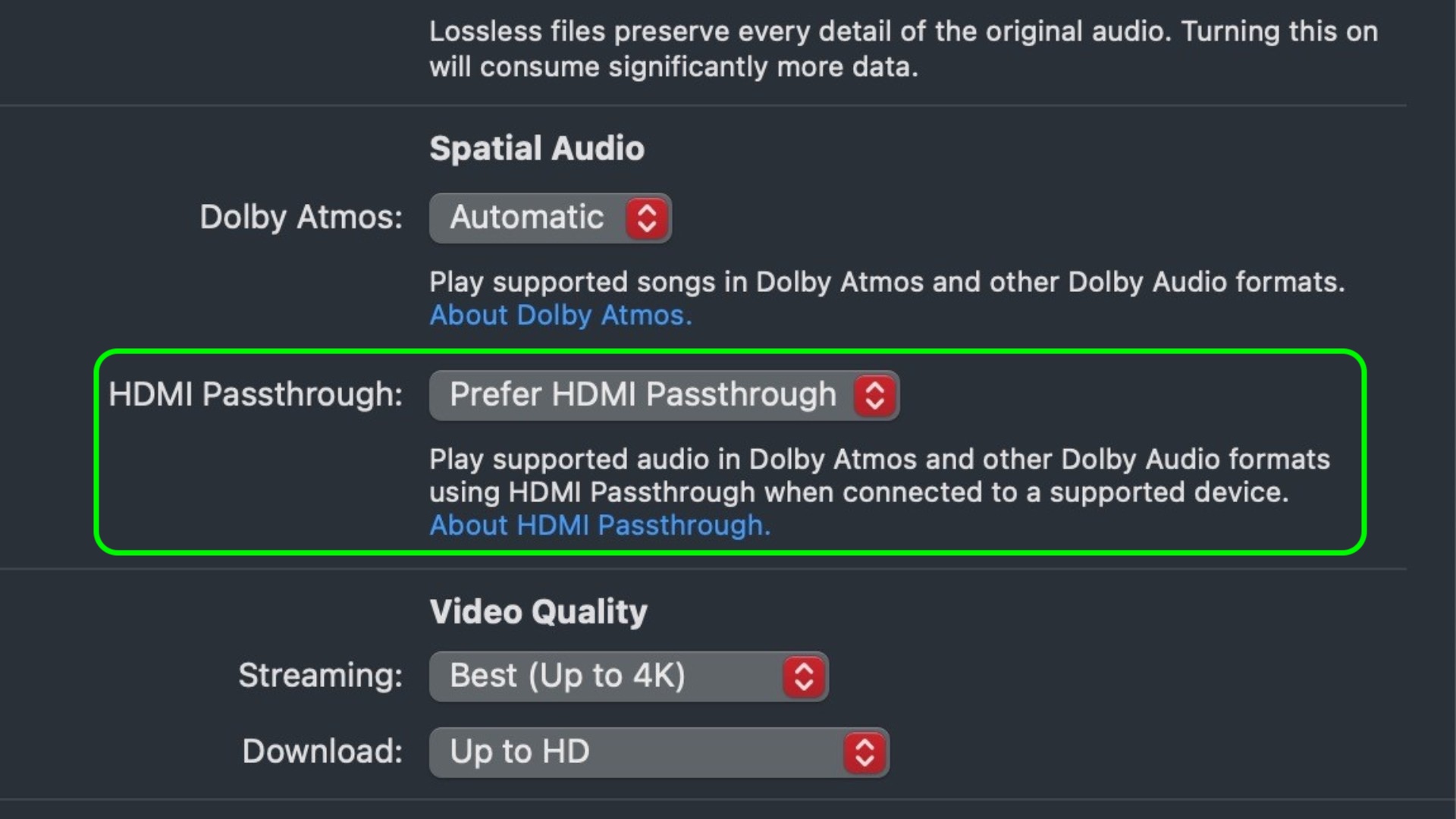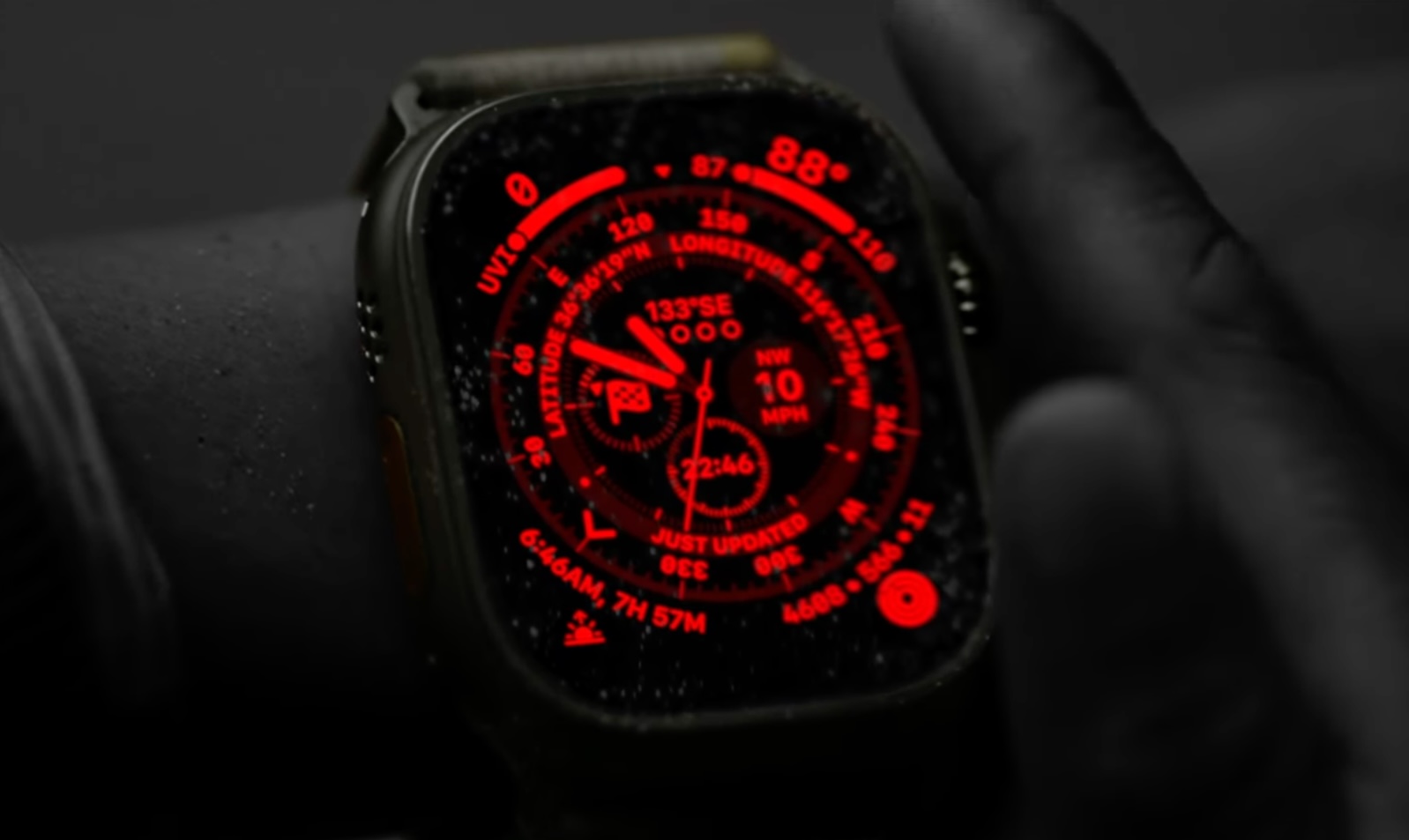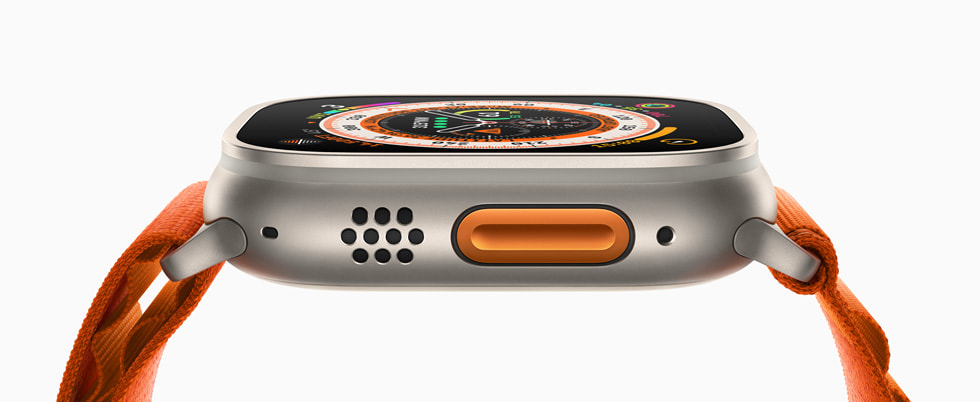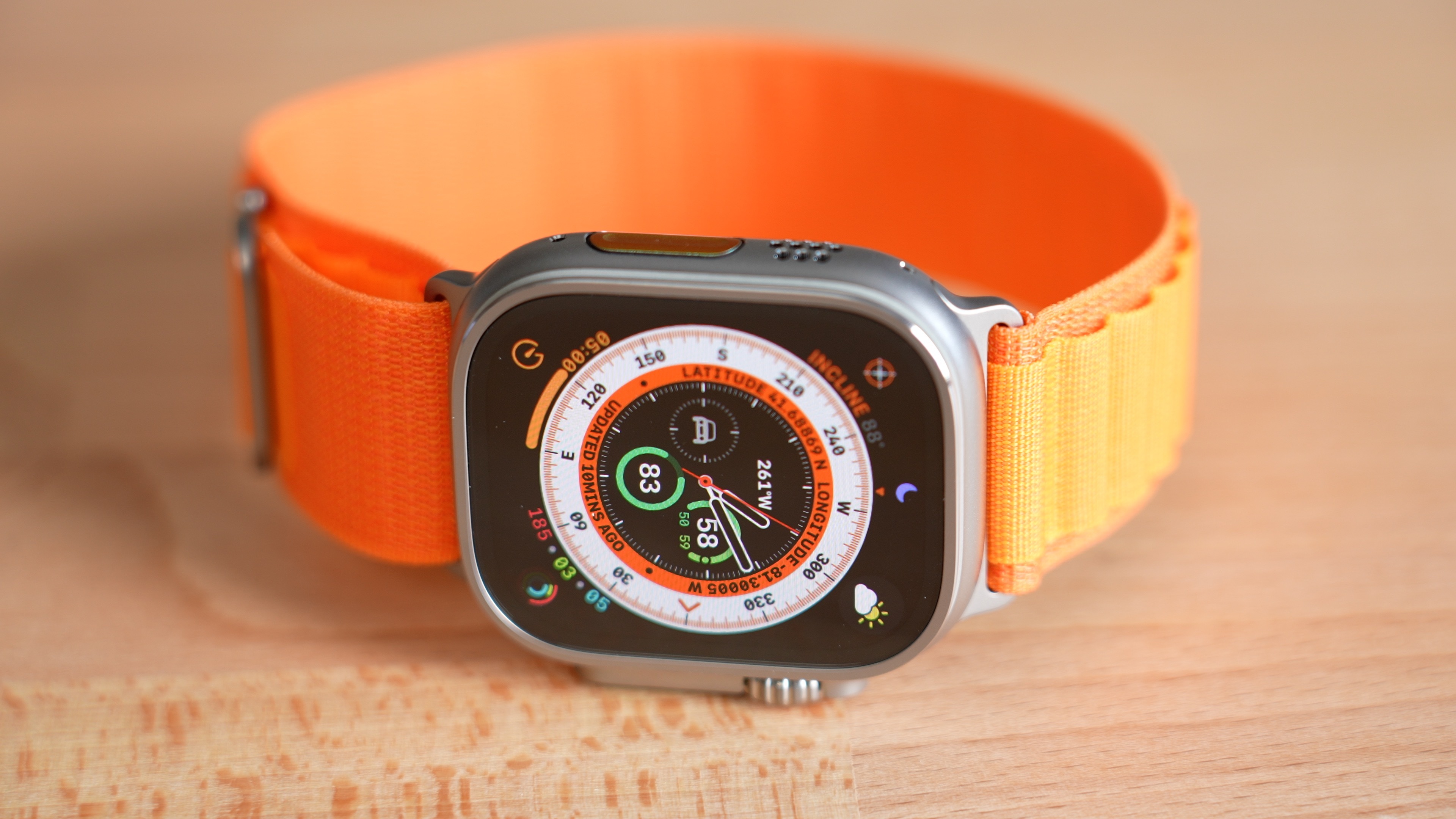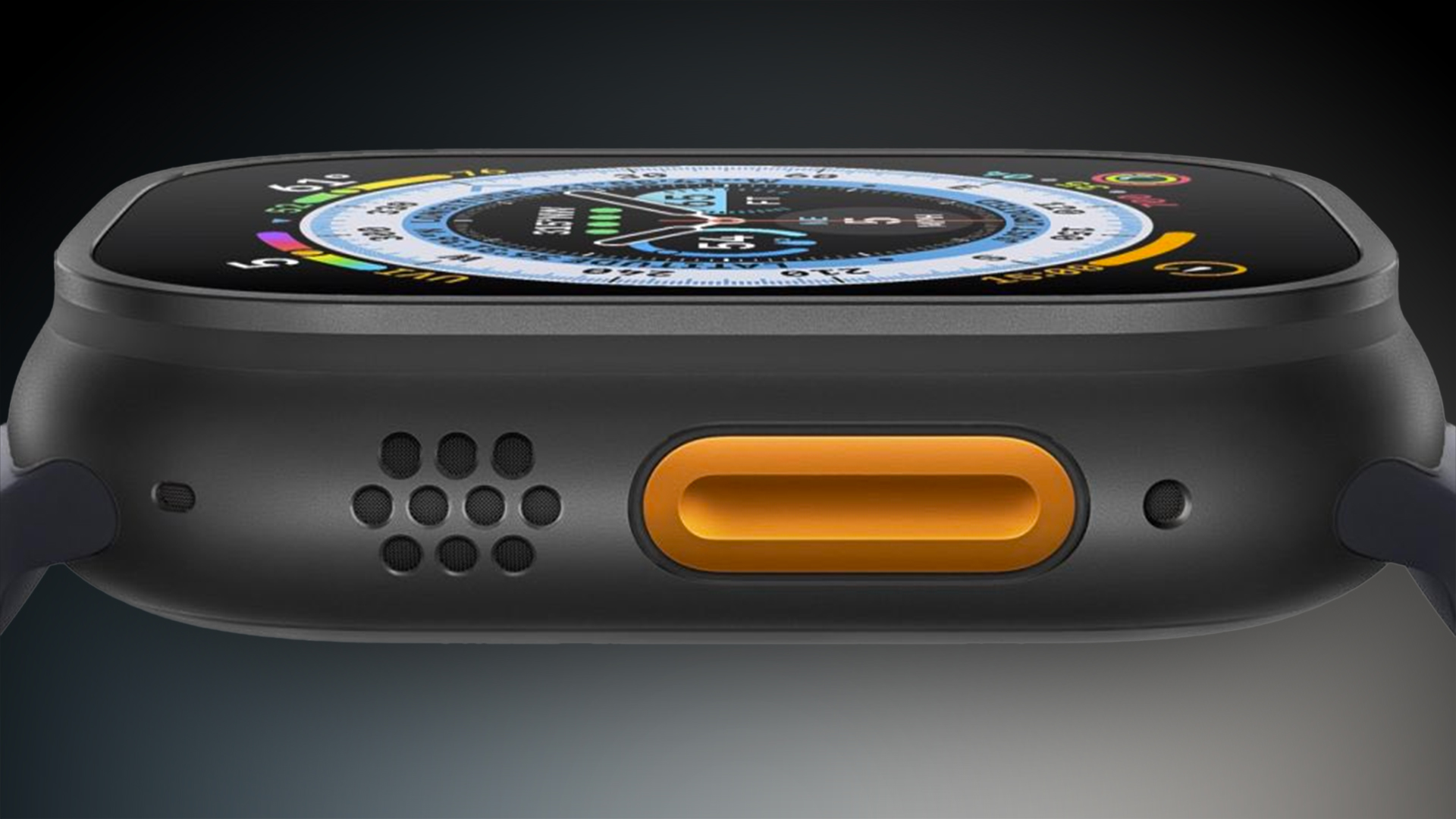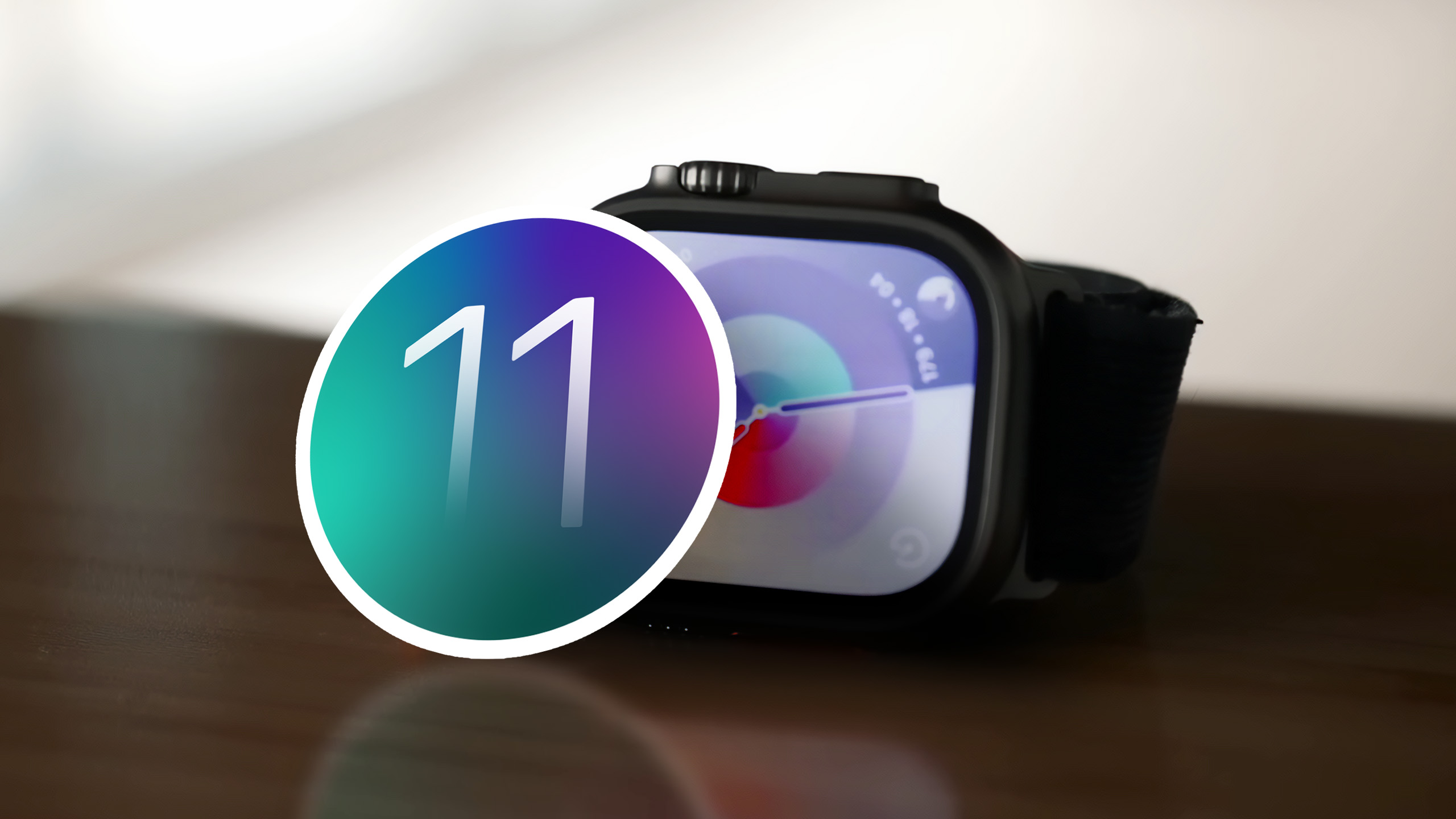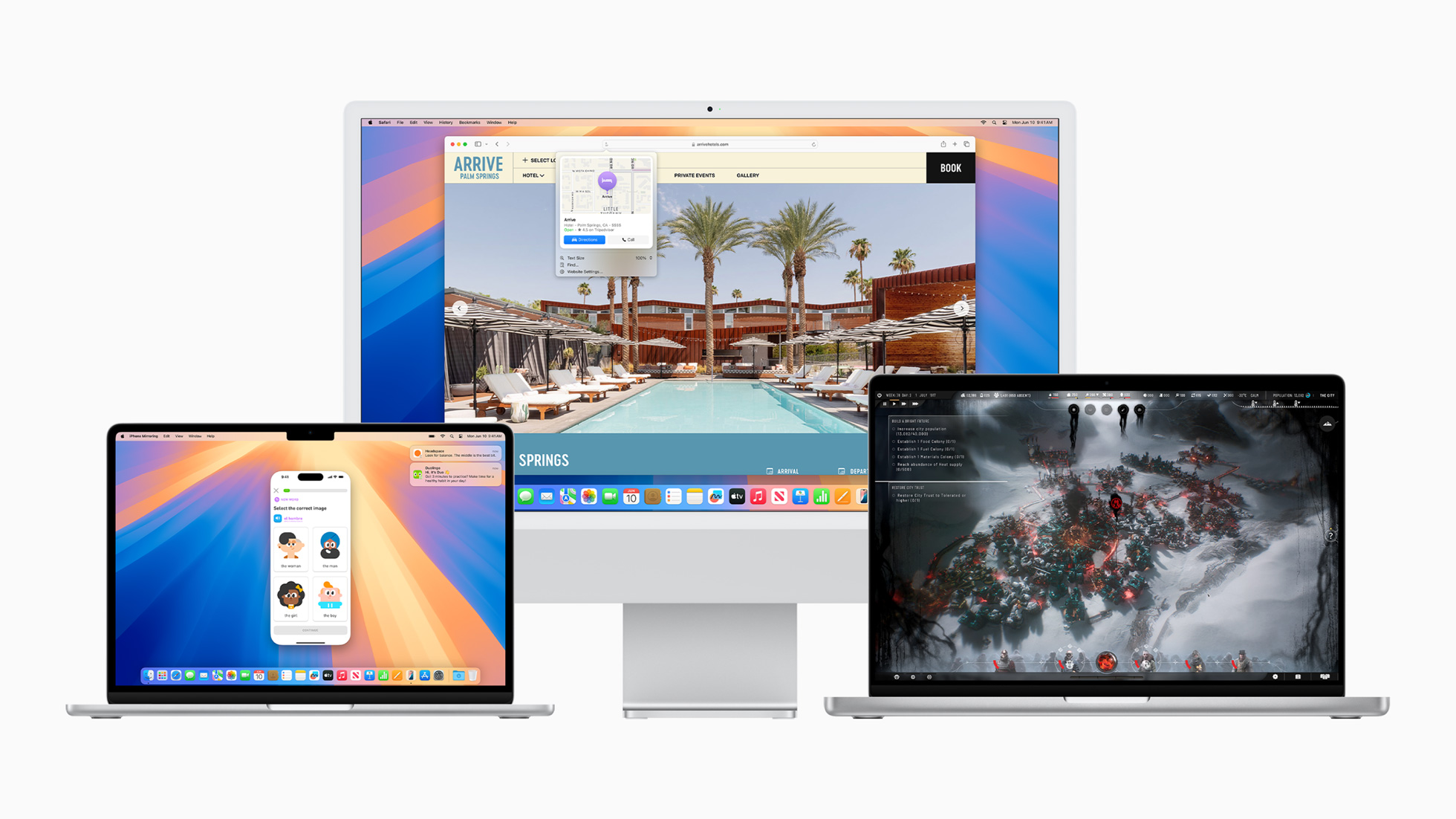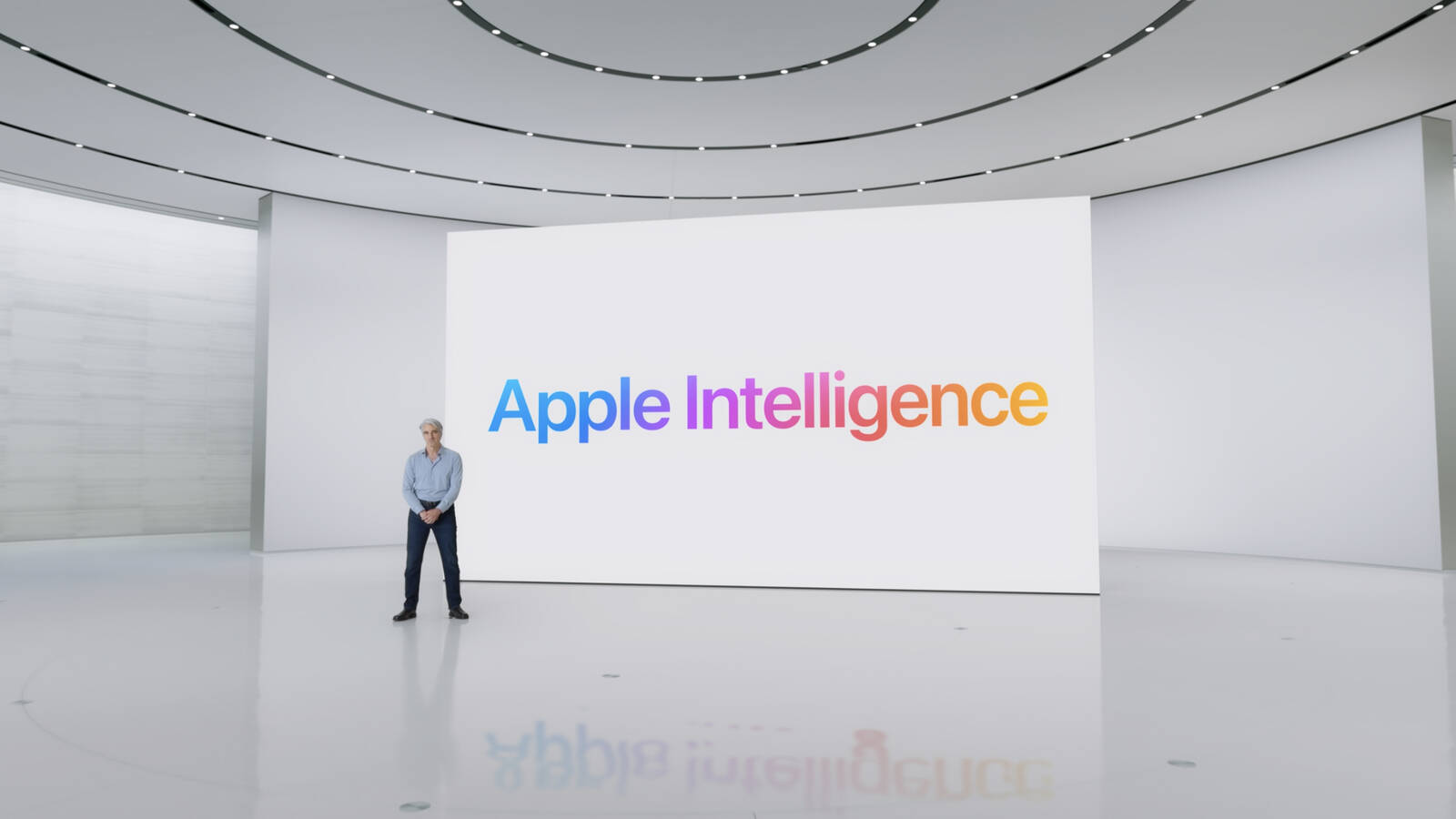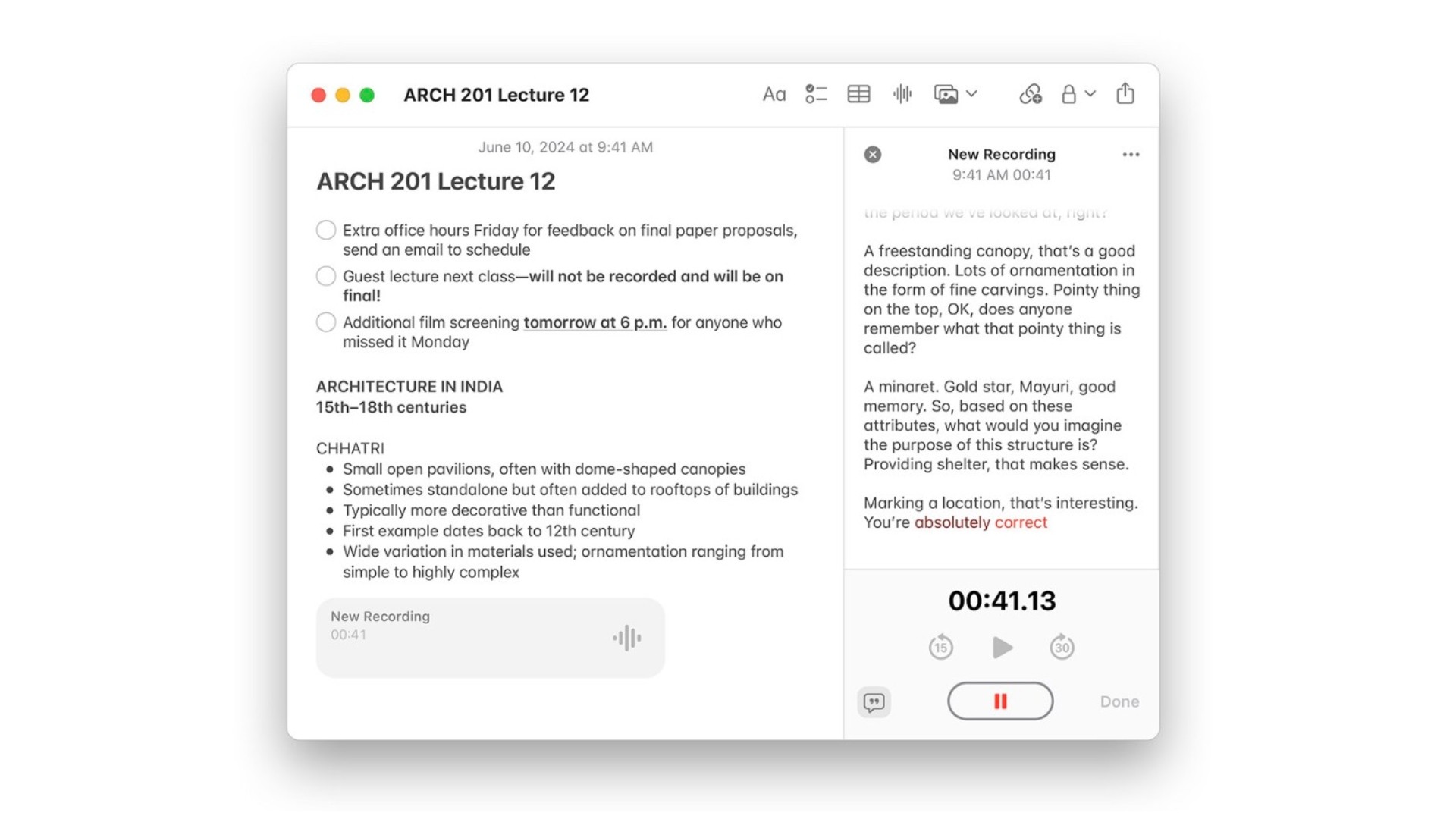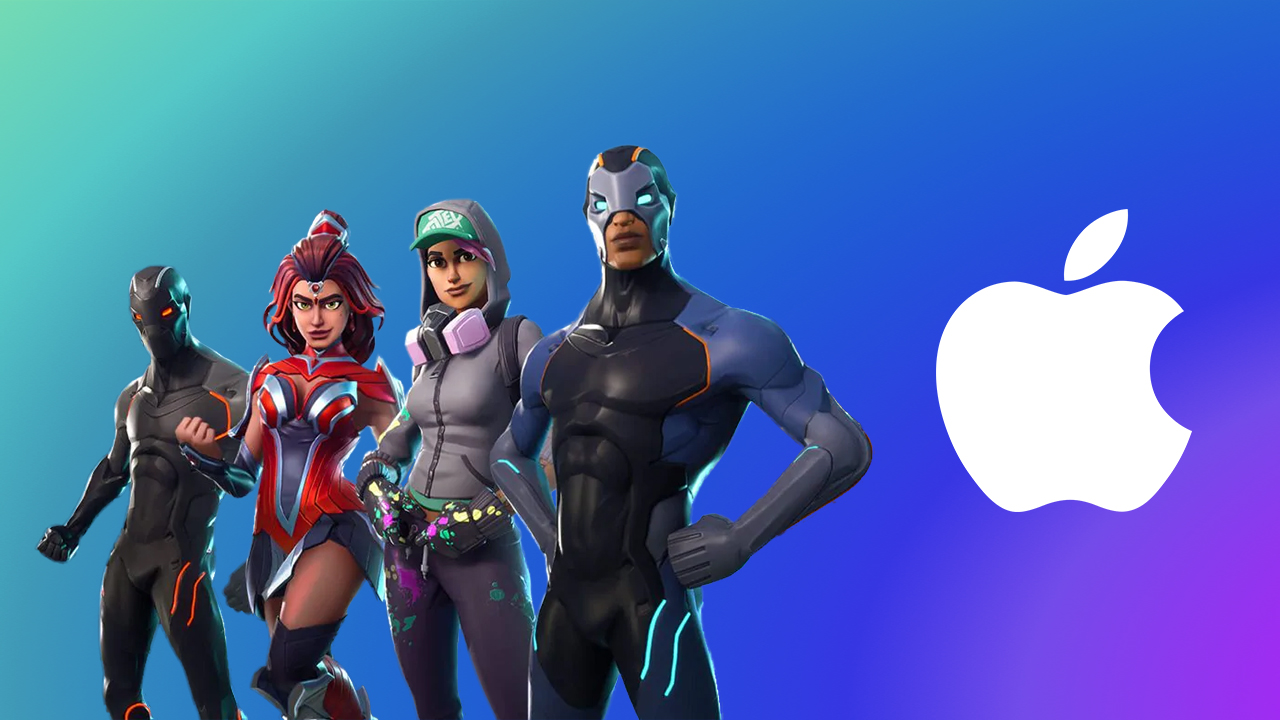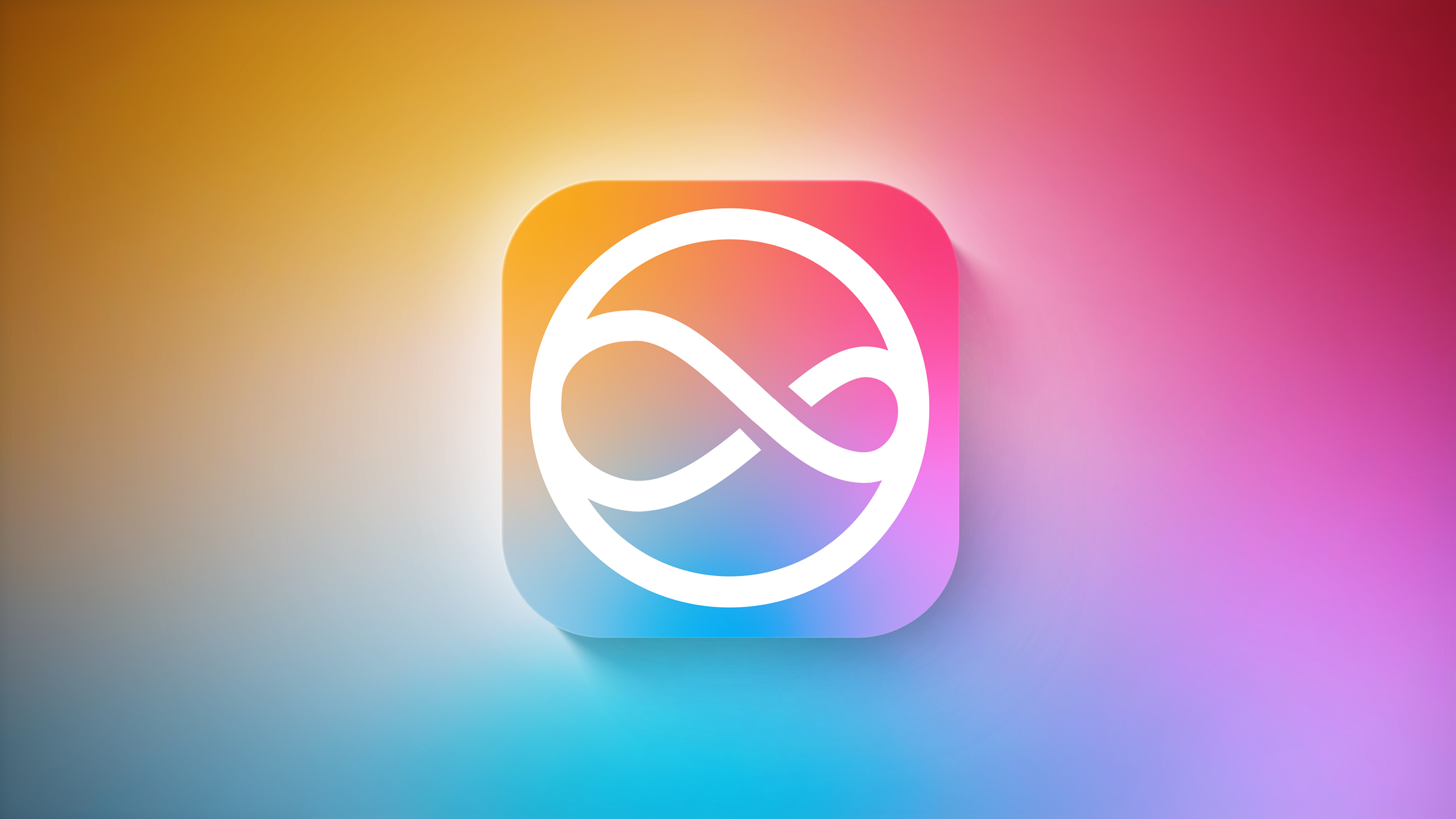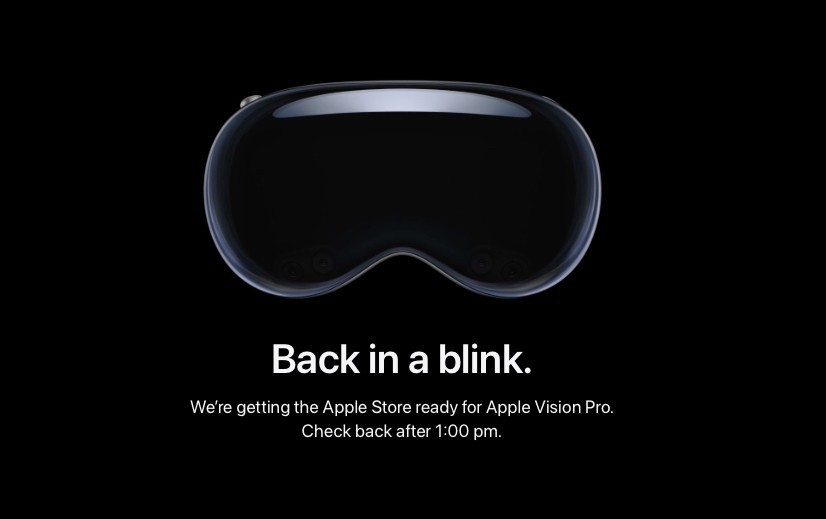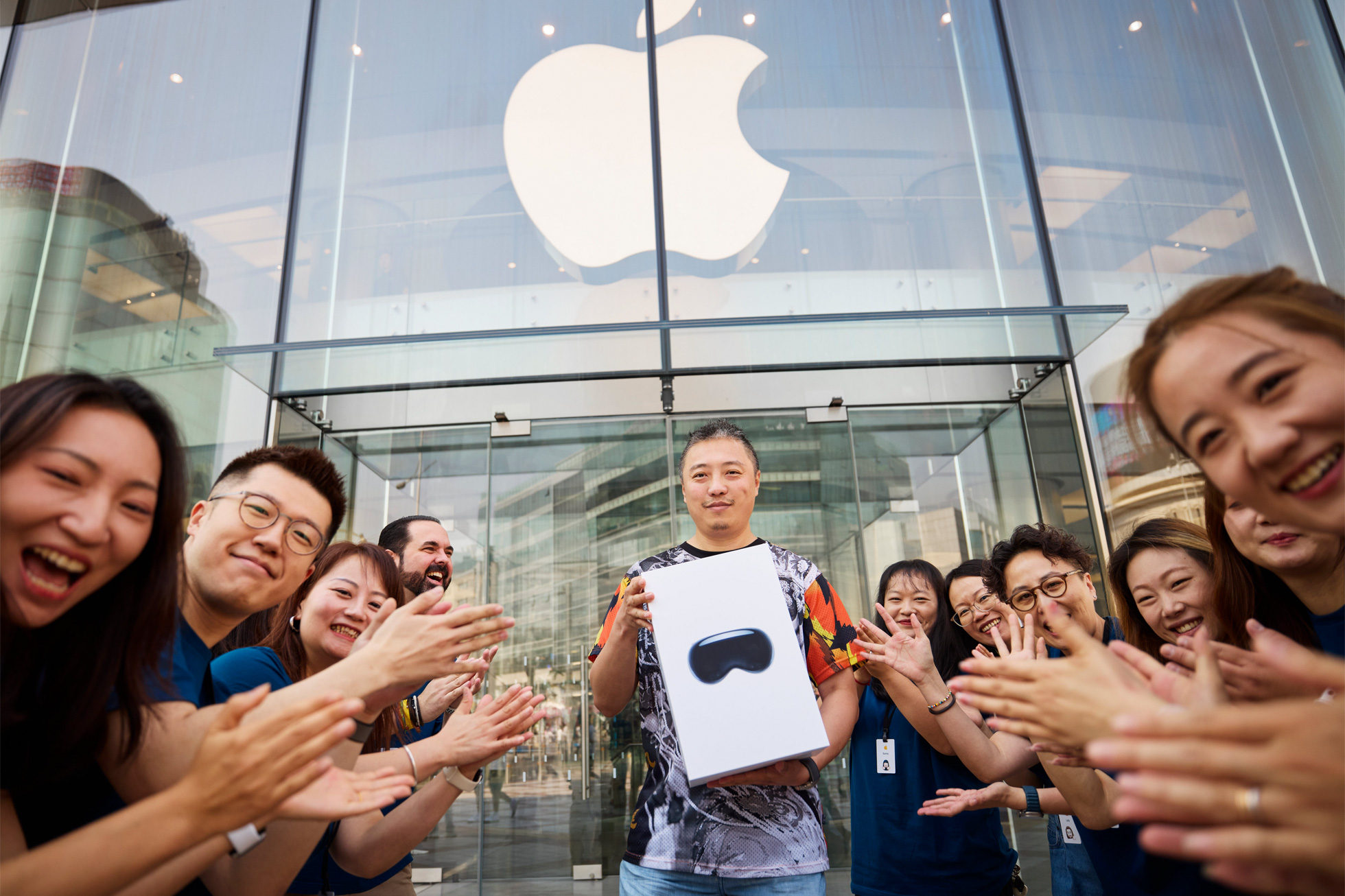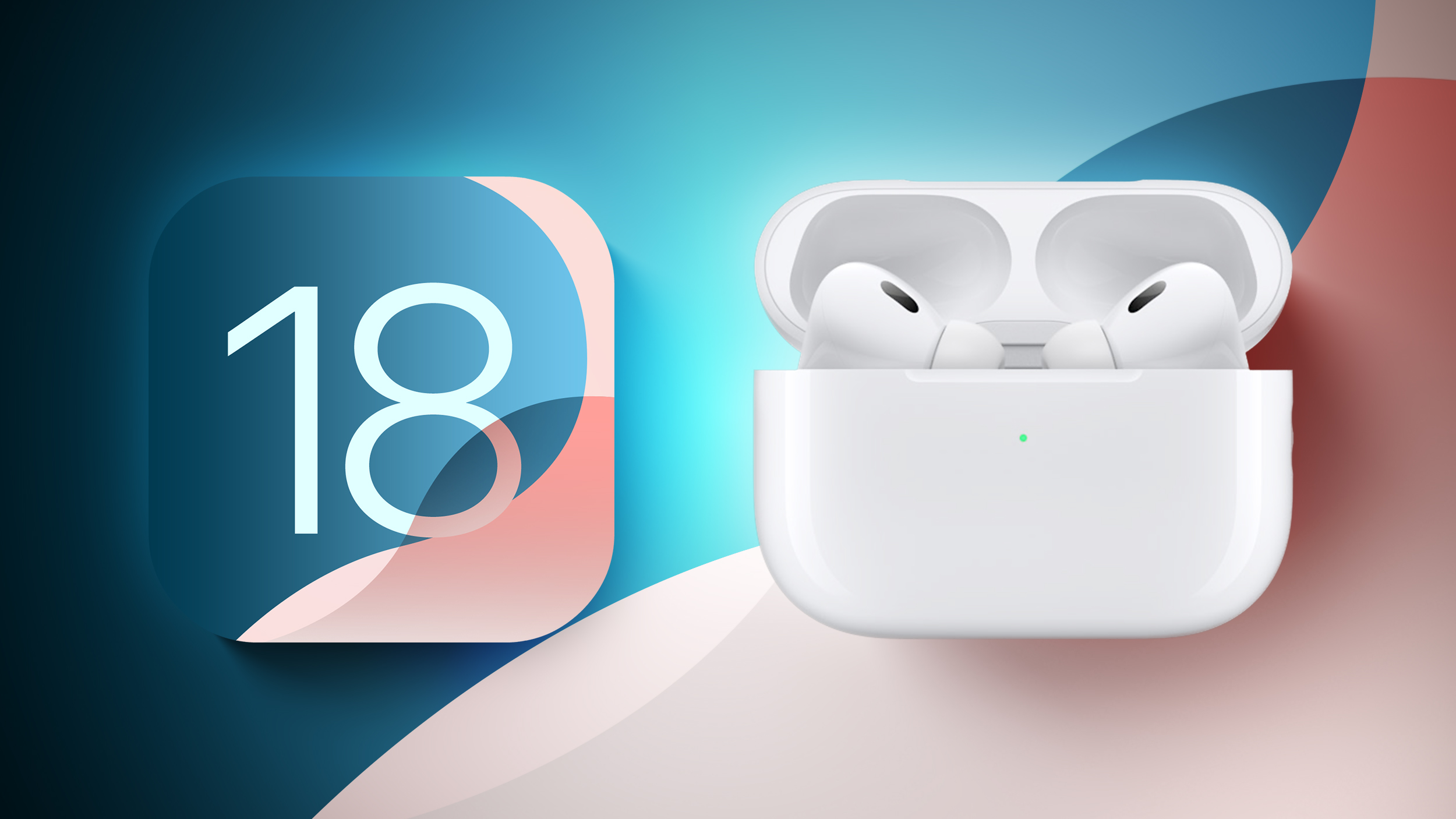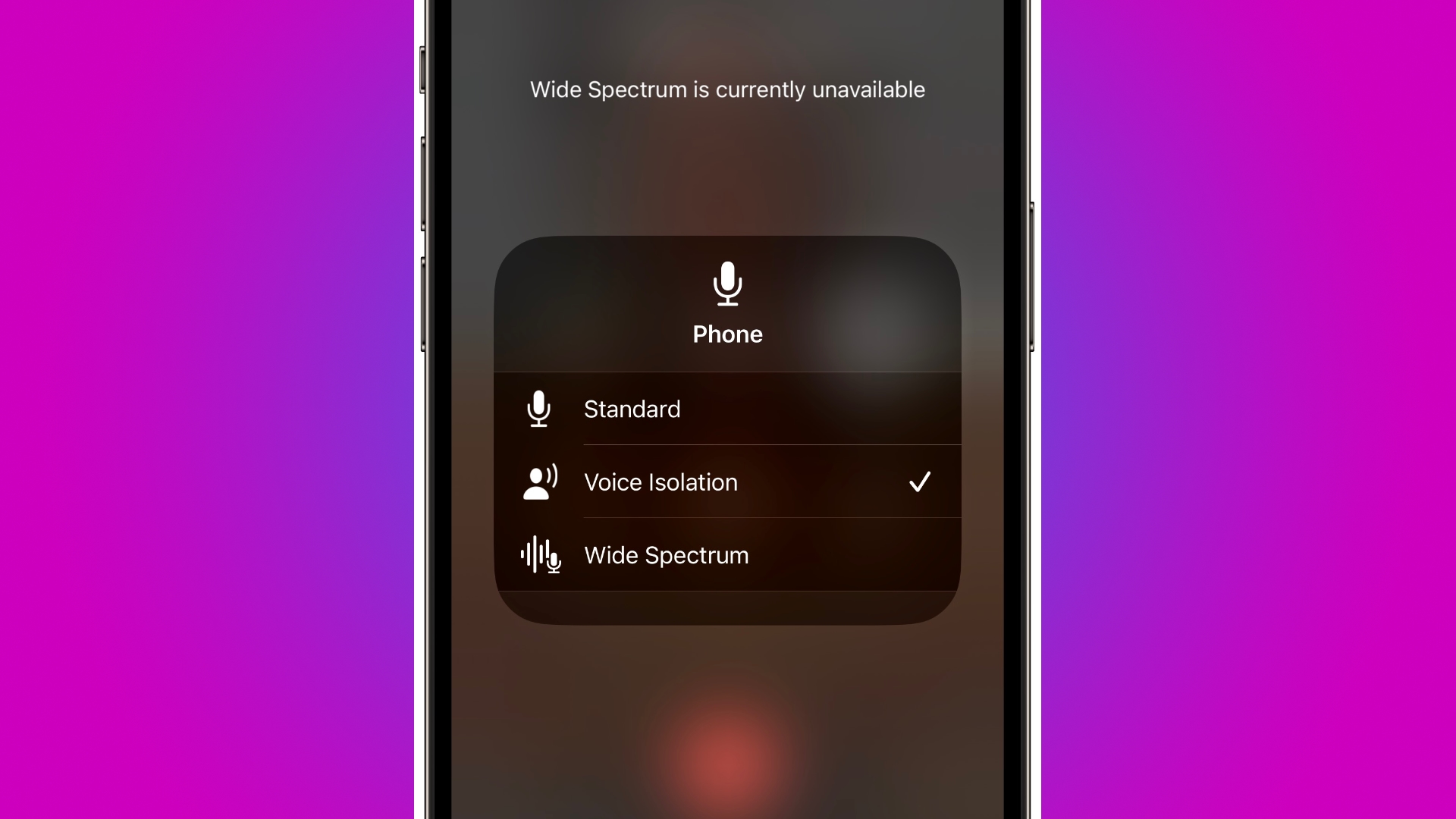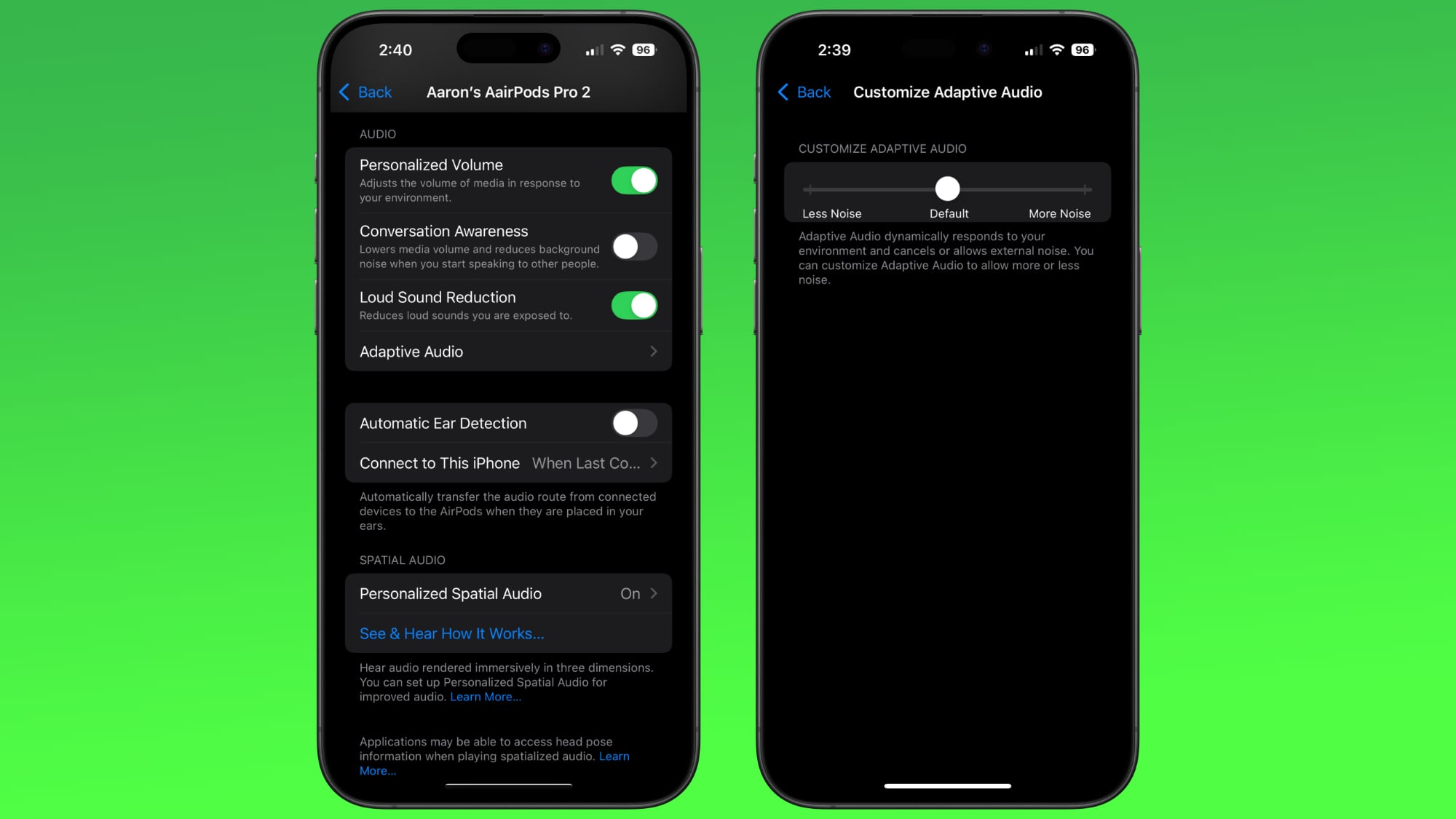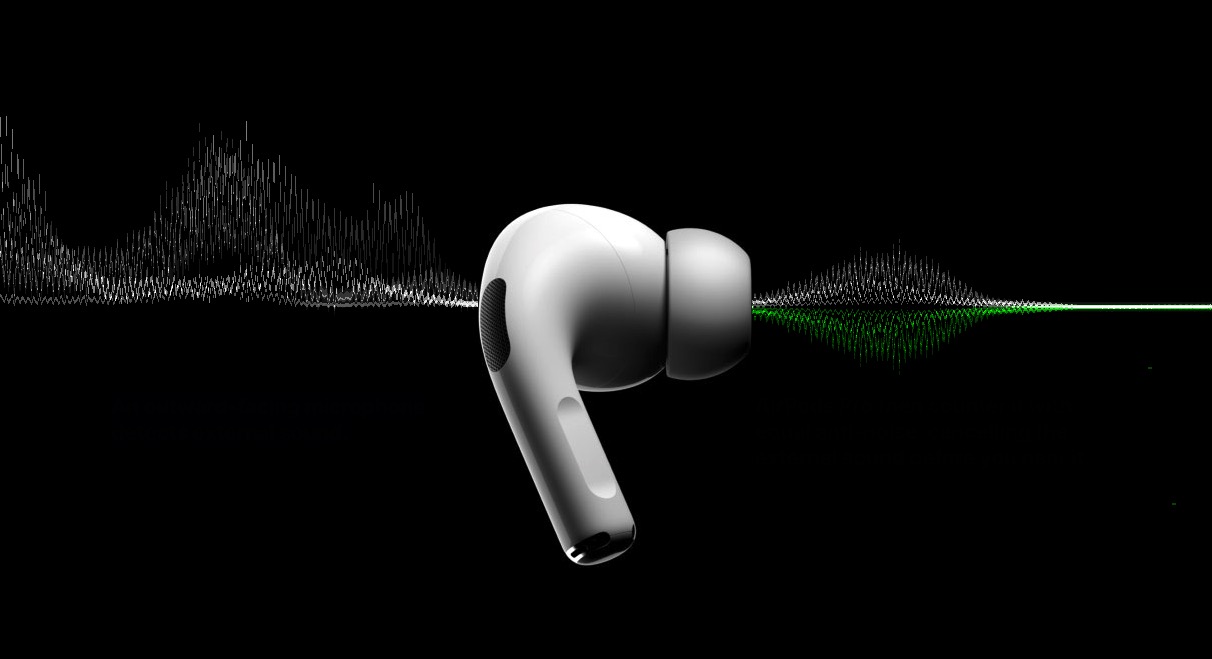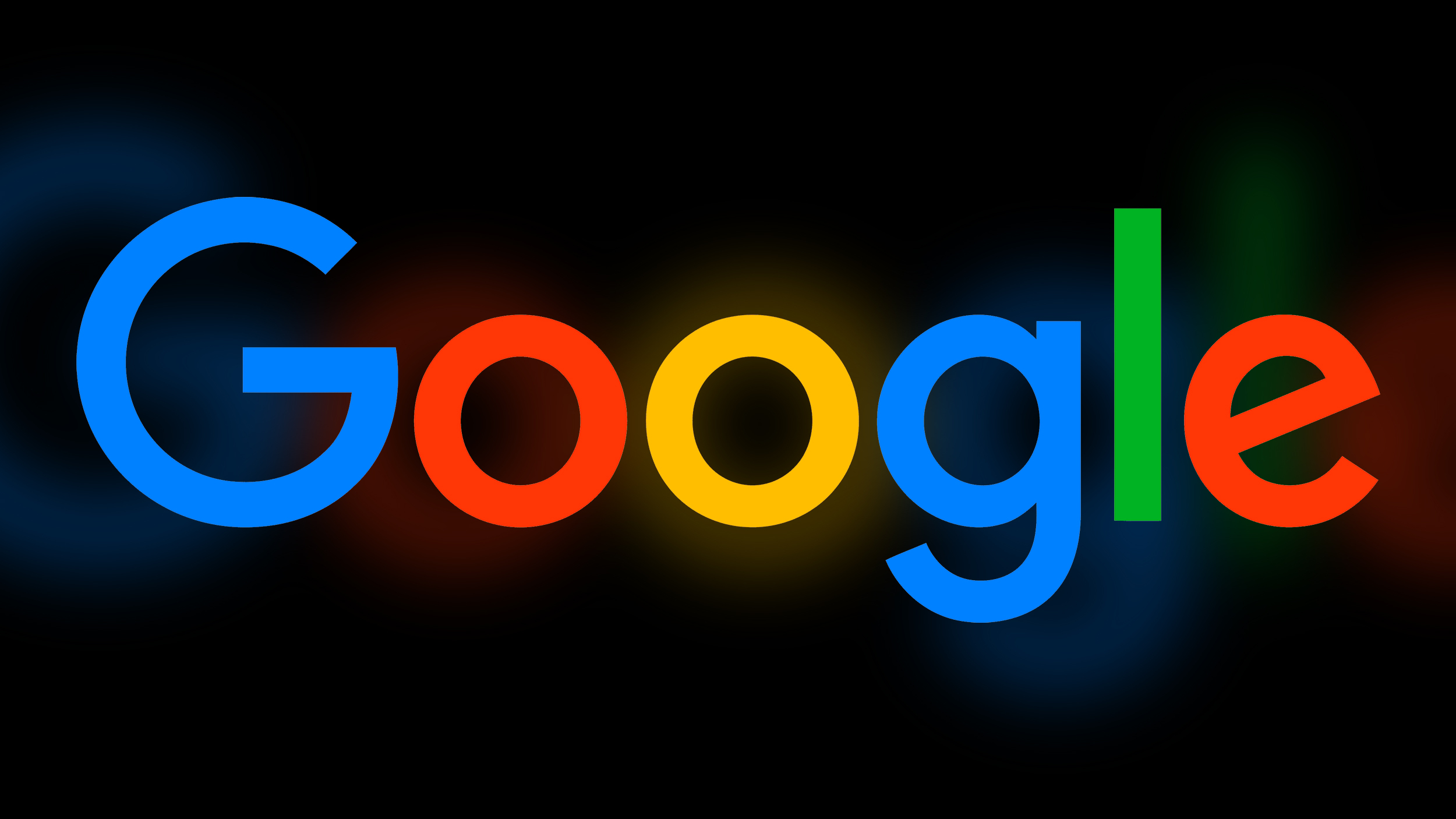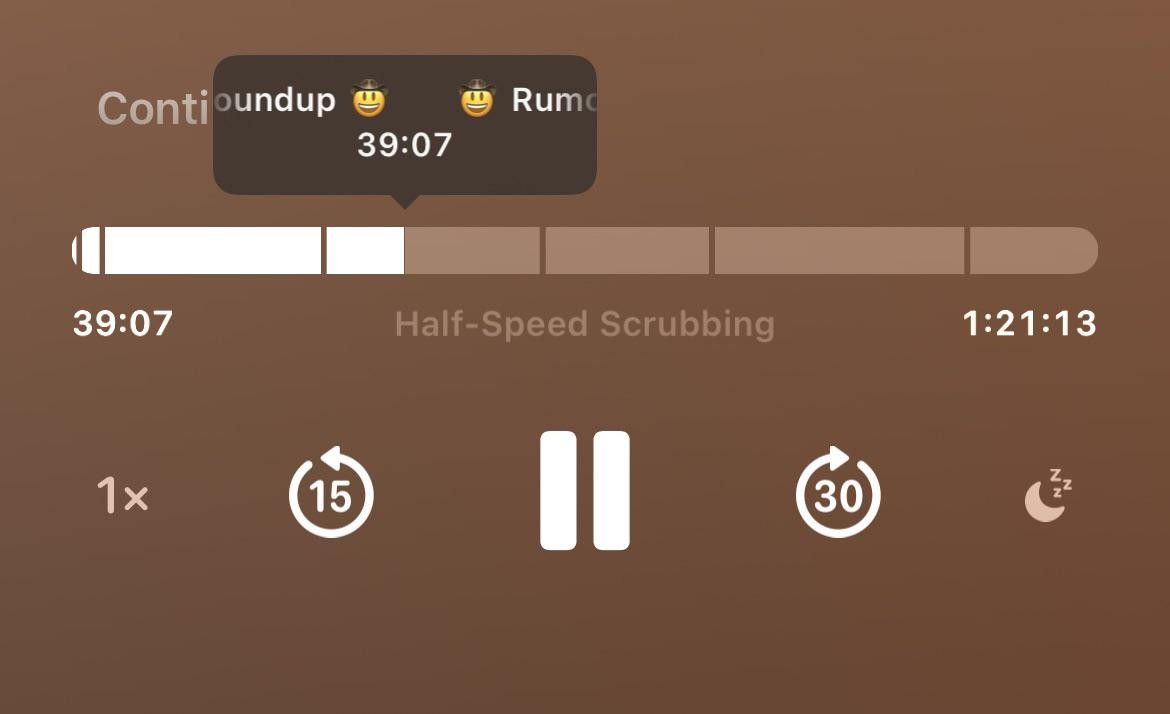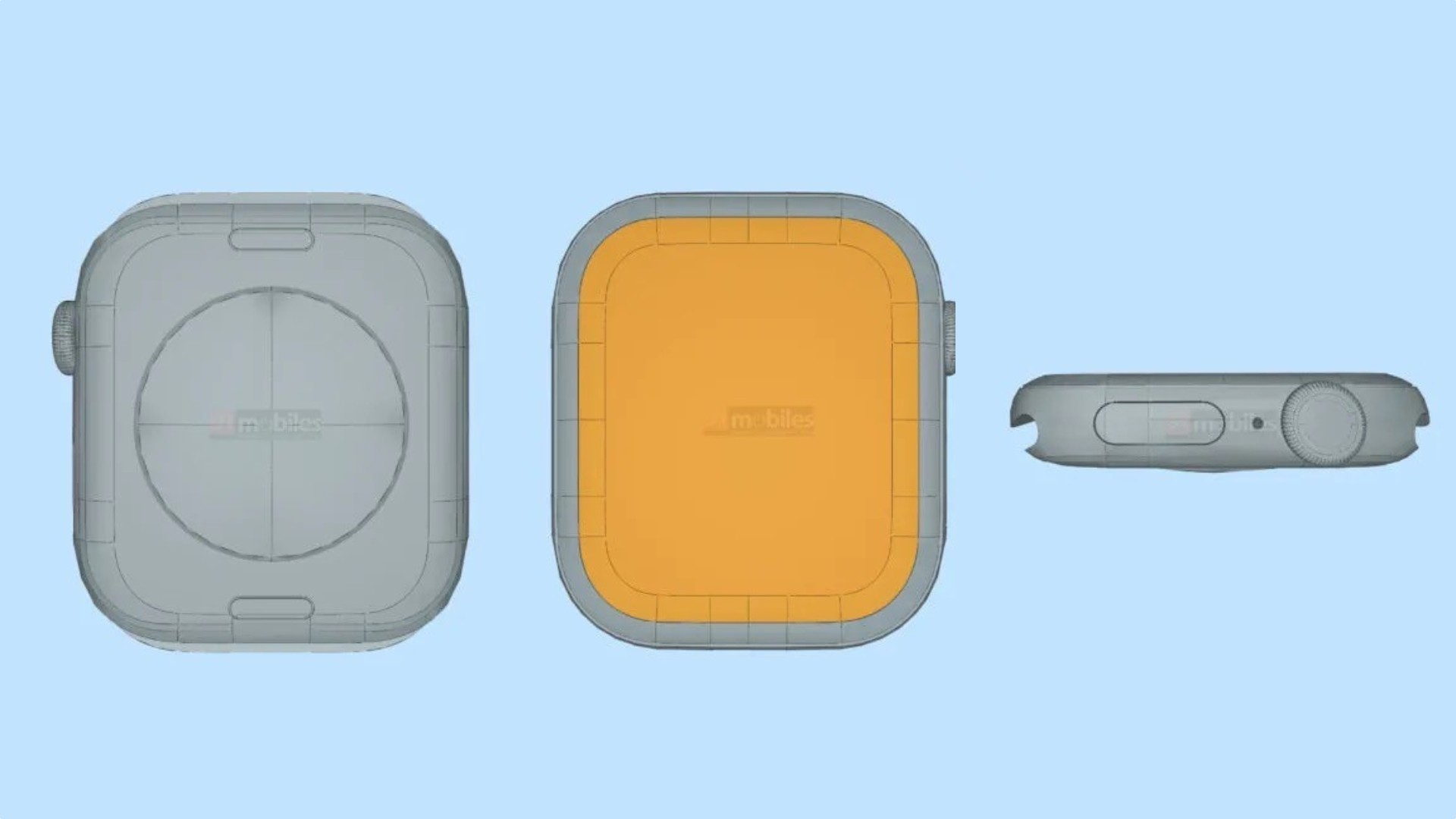Netflix Starts Booting Subscribers Off Cheapest Basic Ads-Free Plan
Netflix is proceeding with its plan to discontinue its cheapest ad-free subscription tier, starting with the UK and Canada, with more countries inevitably to follow.

The streaming giant has reportedly begun notifying users via on-screen messages about the last day they can access the service unless they upgrade. One Reddit user shared a notification they had received from the Netflix app, saying: "Your last day to watch Netflix is July 13th. Choose a new plan to keep watching." Customers are being prompted to instead choose the cheaper Standard with ads, or the more expensive Standard or Premium 4K plans.
In the UK, users are being informed that their £7.99 per month Basic plan has been discontinued and that they can sign up to the Standard with adverts plan for £4.99 or pay £10.99 for the Standard plan. The £10.99 plan includes access to 1080p streams, viewing on two devices simultaneously, and downloads on up to two devices. Meanwhile, the Standard with adverts tier still offers 1080p video quality but of course injects ads into streams.
Canadian subscribers are also receiving notifications about the last viewing day for their Basic plan. In Canada, the price increase is more significant, rising from $9.99 for the Basic plan to $16.49 for the Standard plan. Alternatively, users can save $4 by going with the Standard with Ads plan ($5.99).
The Basic plan, which costs $11.99 per month in the United States, has not been available to new subscribers since last year. In its early 2024 earnings call, Netflix announced its intention to retire its Basic plan in some countries where the ads plan has been introduced, starting with Canada and the UK in the second quarter, and then "taking it from there." Netflix said in May that its ad-supported streaming tier has 40 million global monthly active users, up 35 million from a year ago.
This article, "Netflix Starts Booting Subscribers Off Cheapest Basic Ads-Free Plan" first appeared on MacRumors.com
Discuss this article in our forums

The streaming giant has reportedly begun notifying users via on-screen messages about the last day they can access the service unless they upgrade. One Reddit user shared a notification they had received from the Netflix app, saying: "Your last day to watch Netflix is July 13th. Choose a new plan to keep watching." Customers are being prompted to instead choose the cheaper Standard with ads, or the more expensive Standard or Premium 4K plans.
In the UK, users are being informed that their £7.99 per month Basic plan has been discontinued and that they can sign up to the Standard with adverts plan for £4.99 or pay £10.99 for the Standard plan. The £10.99 plan includes access to 1080p streams, viewing on two devices simultaneously, and downloads on up to two devices. Meanwhile, the Standard with adverts tier still offers 1080p video quality but of course injects ads into streams.
Canadian subscribers are also receiving notifications about the last viewing day for their Basic plan. In Canada, the price increase is more significant, rising from $9.99 for the Basic plan to $16.49 for the Standard plan. Alternatively, users can save $4 by going with the Standard with Ads plan ($5.99).
The Basic plan, which costs $11.99 per month in the United States, has not been available to new subscribers since last year. In its early 2024 earnings call, Netflix announced its intention to retire its Basic plan in some countries where the ads plan has been introduced, starting with Canada and the UK in the second quarter, and then "taking it from there." Netflix said in May that its ad-supported streaming tier has 40 million global monthly active users, up 35 million from a year ago.
Tag: Netflix
This article, "Netflix Starts Booting Subscribers Off Cheapest Basic Ads-Free Plan" first appeared on MacRumors.com
Discuss this article in our forums
